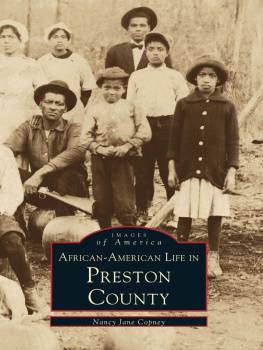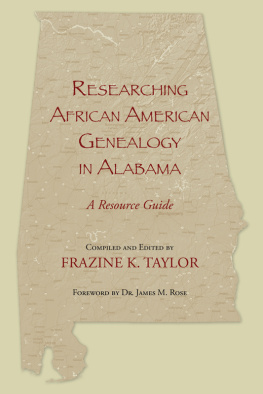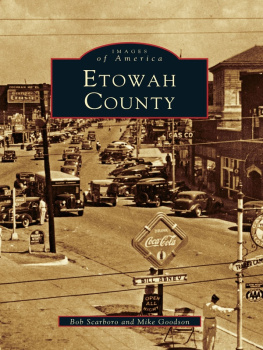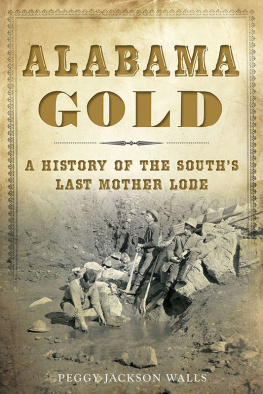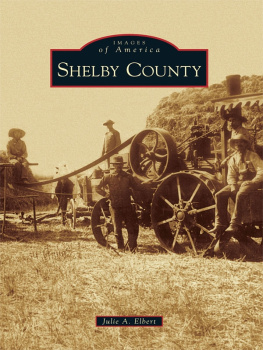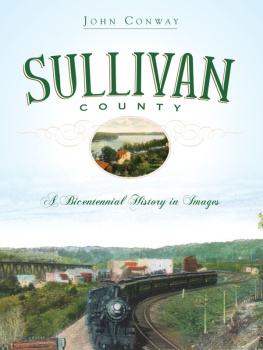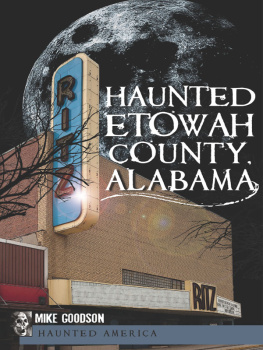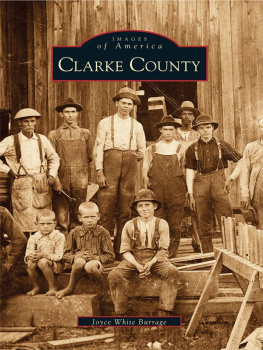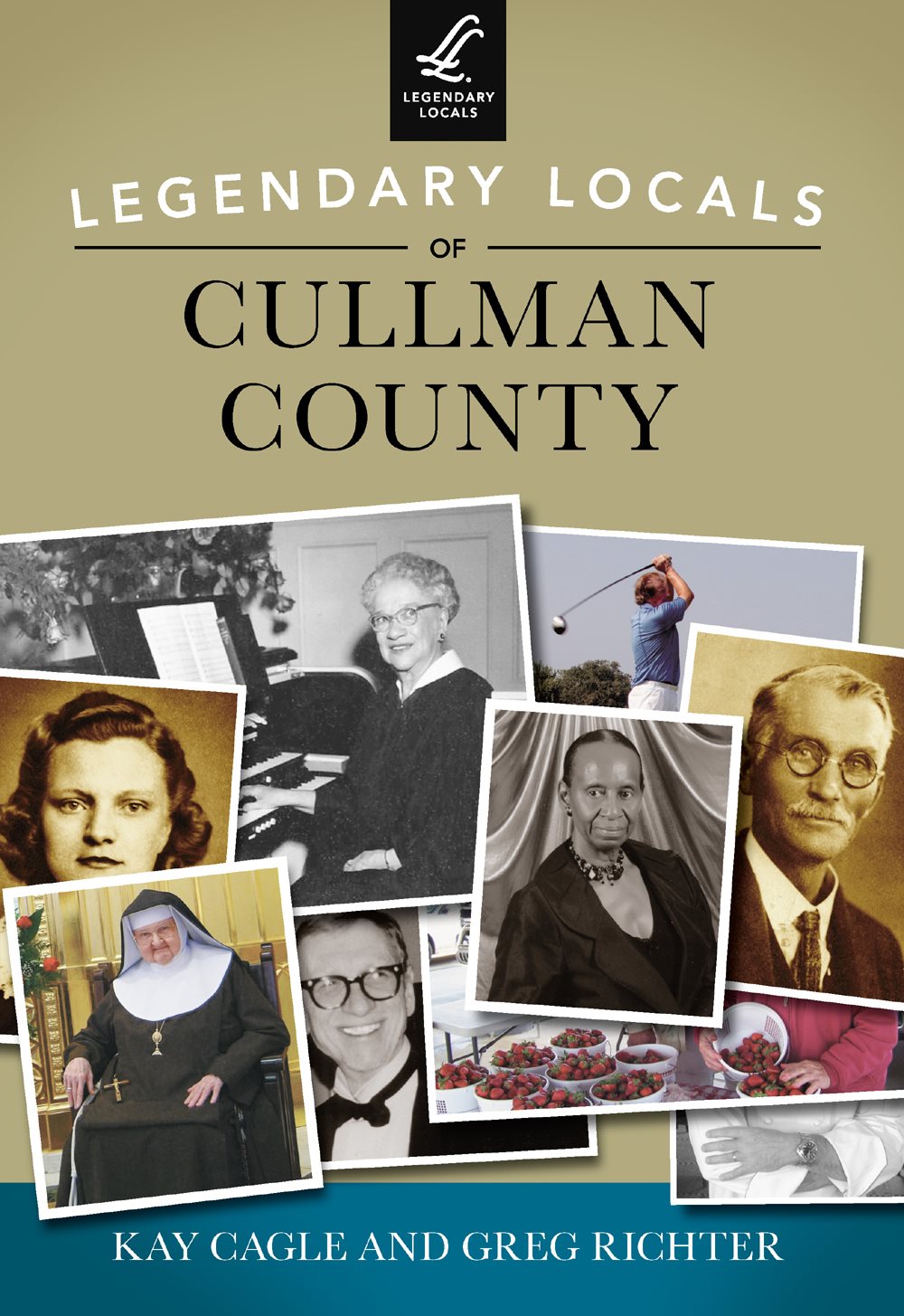
LEGENDARY LOCALS
OF
CULLMAN COUNTY
ALABAMA
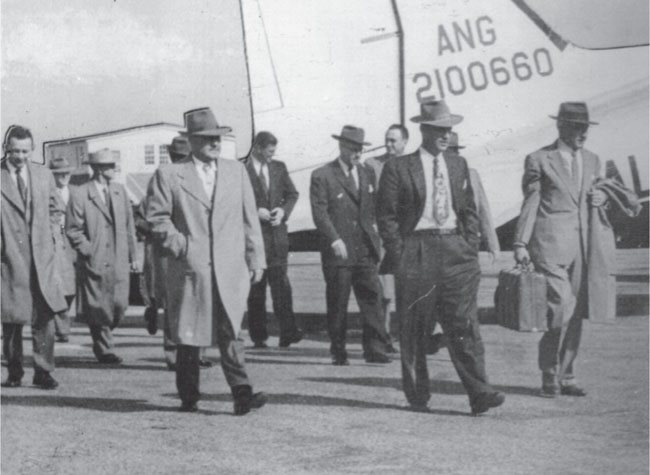

The Founder
Col. Johann G. Cullmann is buried in the middle of Cullman City Cemetery beside his son Otto. Otto was the only family member who joined the German native in the new town he had founded. Otto died at age 29 after one of his trips to Germany to bring back new settlers. (Courtesy Greg Richter.)
The Flying Fifty
A volunteer group of businessmen, the Flying Fifty searched for new industry in the 1950s. For additional information, see . (Courtesy Cullman County Chamber Commerce.)
LEGENDARY LOCALS
OF
CULLMAN COUNTY
ALABAMA
KAY CAGLE AND GREG RICHTER

Copyright 2014 by Kay Cagle and Greg Richter
ISBN 978-1-4671-0162-2
Ebook ISBN 9781439647769
Legendary Locals is an imprint of Arcadia Publishing
Charleston, South Carolina
Library of Congress Control Number: 2014932210
For all general information, please contact Arcadia Publishing:
Telephone 843-853-2070
Fax 843-853-0044
E-mail
For customer service and orders:
Toll-Free 1-888-313-2665
Visit us on the Internet at www.arcadiapublishing.com
Dedication
To the people of Cullman County who generously and tirelessly contributed to the publication of this book. Their time, information and photographs made this effort possible.
On the Front Cover: Clockwise from top left:
Nelle Fuller St. John (Courtesy St. John family; see ).
On the Back Cover: From left to right:
Col. Johann Cullmann with ladies at coffee (Courtesy Cullman Museum), Bert McGriff (Courtesy Kay Cagle; see ).
CONTENTS
ACKNOWLEDGMENTS
The authors gratefully acknowledge the many individuals, families, and local entities who have willingly donated photographs and whose stories have contributed to the success of this publication. Many have shared photographs and stories. We thank Finis E. St. John IV, Steve Singleton, Julian McPhillips Jr., Candace Grissom, Larry Baker Photography, Fr. Marcus Voss, Steve Griffith, Wade and Wes Warren, Dr. John Morris, Dan Keel, Barry Willoughby, Virgil Fowler Jr., Betty Leeth Haynes, Brian Lacey, Grady Smith, Gail Neal, Linda Johnson, Asa Lee Brandon, Kay Powell, Barbara Yost, Billy Faulk, Frances Cooper, Bob Palys, and Michael Sullins.
We gratefully and deeply appreciate Drew Green, Julie Burks, and Elaine Fuller at the Cullman County Museum, the Columbus Museum of Art, Shrine of the Most Blessed Sacrament, Cullman County Historical Society, Holly Pond Historical Society, Cullman Area Chamber of Commerce and the Cullman Times.
Greg wishes to thank his wife, Laura Axelrod, and his parents, Louie Richter and Jean Moore, for their understanding of the time needed in this undertaking.
INTRODUCTION
The area now known as Cullman County was first inhabited by native peoples. Cherokee and Choctaw were living in the area when white settlers first showed up. Both groups were forced to move west in the 1830s under the Indian Removal Act. Some Native people reportedly hid and remained behind while most were forced to take the Trail of Tears. Many Cullman County residents claim Indian ancestry.
Blount, Walker, Winston, and Morgan Counties were all a part of what now is Cullman County. During the Civil War it was a haven for some Confederate deserters, since some residents were Union sympathizers. Walker County seceded from the state of Alabama during the war, which included what is now the northwestern portion of Cullman County.
A minor battle occurred in the county when Union colonel Abel Streight faced Confederate general Nathan Bedford Forrest in the Battle of Days Gap and other skirmishes. After the war, a group of freed slaves gathered in what is now the southern part of the county, naming their settlement Colony. Meanwhile, a civil war had been raging across the Atlantic in the Germanic states.
Col. Johann G. Cullmann, born in Frankweiler, Bavaria, on July 2, 1823, was a merchant who fought on the side of democracy during the revolution. His side was defeated when the Prussian army joined the Bavarian monarchy, and the financially broken Cullmann fled the country, leaving his wife at home with their children to care for her ailing mother.
Cullmann first moved to London and stayed there while he awaited the end of the American Civil War. Once in America, he settled in Philadelphia, then in Cincinnati, where he worked as a clerk in a bookstore. Cincinnati had a large German population, but Cullmann was looking to establish a settlement for immigrants and began looking south.
He met Alabama governor Robert Miller Patton and was pointed to the Florence area. But many residents there were still wary of foreigners after recently losing the war, so Cullmann continued his search.
Inspecting the area that would come to be named for him, Cullmann purchased an option as land agent for the South and North Alabama Railroad. Cullmann had found the home for his dream colony, so he returned north to find settlers. He moved the first five families from Cincinnati in April 1873. Each was given a plot of land where they built log homes and tended their gardens. Included were the Schueing, Betz, Strahl, Reed, and Alberding families along with one bachelor, Rene von Lobstein. Fred Betz became Cullmans first mayor.
The City of Cullman was incorporated in 1874, and by 1877 Cullman County had been formed. It was decided to drop the second n in the citys and countys names. Cullmann continued traveling the north and Europe to bring in more residents.
But some of the settlers who had arrived long before the Germans were not always happy with those they considered European interlopers.
One of those settlers gave Cullmann a gash that forced him to show only the left side of his face in photographs. Not all accounts of the confrontation agree. The often-told story appeared in a book on the citys centennial in 1973.
According to that account, Cullmann was attempting to incorporate the town in 1874. Several squatters had been given allotments of land along with the German settlers, but they wanted more. An argument lasted several days, and as Cullmann left Prinzs Store one night he was struck with a knife thrown by one of the squatters. The man escaped but was arrested years later on another charge. Cullmann refused to press charges.
But descendants of the man who reportedly left that scar say that is not the true version.
The Colonel wanted to make some extra money by making a railroad spur from Cullman to Jasper, Delton Blalock, publisher of the Cullman Tribune, told Cullman Oktoberfest Magazine. When Cullmann told David Speegle that the project would require using his land an argument ensued, and Speegle cut Cullmann in the face.
Blalock backs up family member accounts that Speegle owned a proper title to the land, granted by the State of Alabama, and was not a squatter. He and his family had been residents of the state since its founding in 1819.
Ironically, they became good friends later, Blalock said.
When Cullmann, trained as a civil engineer, laid out the town, he made sure the streets were wide enough for four wagons to pass, 100 feet wide to be exact. The city blocks were one acre each and divided into fourths.
Next page

